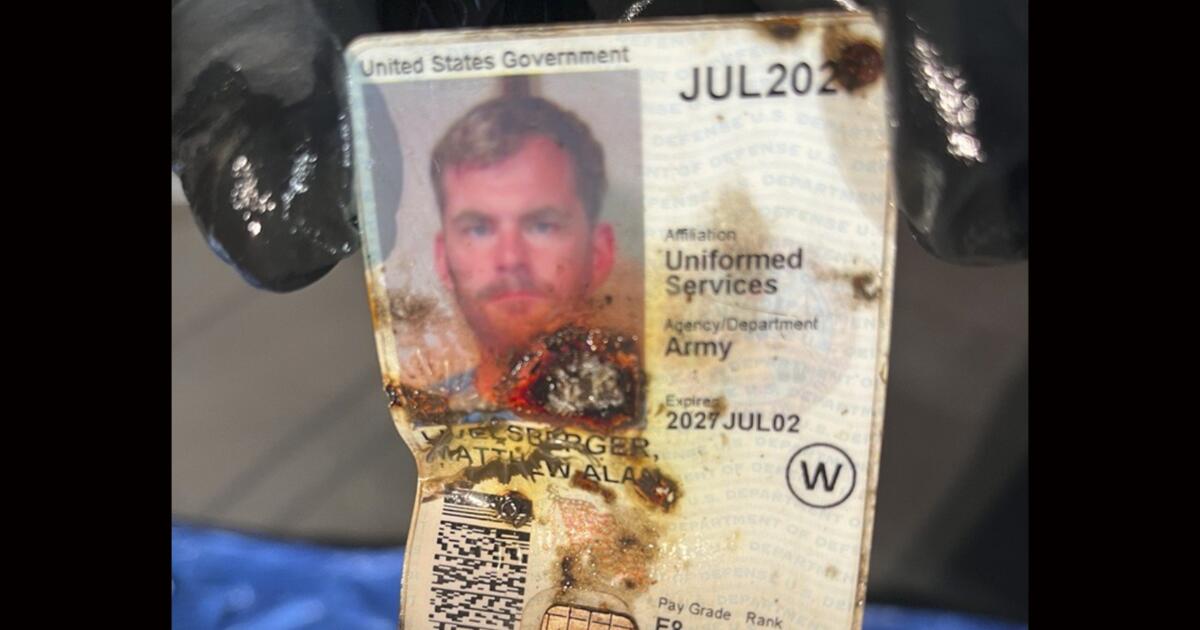It was just before Thanksgiving two years ago that Jim Haugom died on a flight to Alaska.
Haugom and his wife, Patty, were returning from a family visit on Oahu and looking forward to the holidays at home.
Jim Haugom got up to use the lavatory about 45 minutes out of Anchorage on the early-morning flight. He lost consciousness and couldn’t be revived, despite the immediate efforts of the flight crew and their fellow passengers.
Two years later, Patty Haugom still expresses only gratitude for the compassion and care she experienced on one of the worst days of her life.
Flight attendants and medical professionals she’d never met before tried to save her husband. Strangers prayed with her. Responders on the ground guided her to a private space to grieve.
“The crew was heroic,” Haugom said. “In that little tiny area … there was four flight attendants and passengers in there, and they had the right equipment. They were on top of it. They never stopped. Even as we landed, they were still working on him.”
In a geographically isolated state like Alaska where flying is often a necessity, midair medical emergencies are a stark reminder of how vulnerable air travelers can be.
A death on a plane brings into sharp focus the snap decisions facing the flight crew and medical professionals who step up to help, the trauma inflicted on other passengers in such a cramped space — and the bond they all share around someone’s last moments.
“It’s hard for everybody involved: family, crew, passengers,” said Seth Heiple, a flight attendant and union safety chair of the Association of Flight Attendants-CWA.
Midair rarities
The odds of someone dying on a plane are extremely low, even as medical emergencies have become more common with billions of passengers flying every year and “an increasing aging of air travelers” with significant health issues, according to a 2021 study published in The American Journal of Emergency Medicine.
Since 2022, there have been an average of two midair fatalities a year involving flights landing in Anchorage, according to Cpl. Daniel Harmeling, with the Anchorage Airport Police & Fire Department. That statistic reflects scheduled flights as well as those diverted due to in-flight emergencies.
The 2021 study found there were 0.21 deaths on planes for every million passengers.
Don Young, Alaska’s lone United States representative for years and the longest-serving Republican member of Congress in history, was one of those rare cases.
Young — seated with his wife, Anne — died on a flight from Los Angeles to Seattle in March 2022 after losing consciousness as the plane descended into Seattle. Medics on the ground were unable to revive him. Young’s communications director, Zack Brown, was also on the plane.
“Felt like the longest day of my life and I can’t believe it’s been an entire year,” Brown posted on X a year later, in March 2023. “Always grateful for our Alaska Airlines crew and everyone who helped me get my boss’s remains & Mrs. Young back to DC. There was no playbook for what happened, but I had an amazing support system.”
Coming home
Patty Haugom said there was little indication of anything wrong with her husband’s health before they got on that 2022 flight. He’d been falling a little more than usual, she realized later.
The Haugoms moved to Alaska from South Dakota in 1971. Haugom, 76 when he died, worked at the Mat-Su Valley Frontiersman before moving to a lineman position at Matanuska Telephone Association. He retired by 2007, a loving grandfather, yard-proud gardener and woodworker who could fix anything.
The Haugoms have six children, including a son who lives on Oahu. On that 2022 trip, other family members flew in from Alaska. They all spent just over a week together.
The long flight over the North Pacific Ocean back to Anchorage was nearing its end when Jim Haugom rose to use the restroom. Their daughter, her husband and their children were seated farther back.
Patty Haugom got the attention of a flight attendant when she realized he’d been gone too long. When the attendant unlocked the lavatory door, Haugom could see immediately that something was wrong. Her husband was slumped over, unconscious.
The flight attendant got on the intercom to ask for help transferring the big man from the confined space.
“She announced that they had a medical emergency, and she needed three strong guys,” Patty Haugom recalled. “There was three guys up there, got him out on the floor, and right across the aisle from us was a heart specialist.”
As the lights remained low, a flurry of activity surrounded her husband. Someone started CPR compressions as passengers helped Patty Haugom shield the scene with blankets.
“I remember standing in that archway, holding my shirt open, trying to see if I could get people not to see,” she said. “I was just in shock.”
‘It leaves a mark’
Flight attendants are trained to handle such medical emergencies, according to Heiple.
There are recurrent trainings every year and CPR training twice a year, he said. Aircraft carry AEDs — defibrillators that can deliver a shock to restore regular heart rhythm — and medical kits that include everything from blood-pressure cuffs and bandages to controlled substances that require a doctor’s permission to open.
If a passenger requires medical help, a flight crew will generally notify the pilot and call for assistance from any medical professionals on board, Heiple said. Airlines contract with third parties such as MedAire to provide real-time advice from nurses and doctors on the ground.
If someone is experiencing a cardiac arrest or stroke, the crew will continue life-saving procedures until a medical professional makes an official death pronouncement, Heiple said. Flight attendants will try to move passengers, especially those with children, who are seated near someone having a medical emergency.
Heiple has helped with in-flight CPR three times in his career. The people doing compressions will trade off; the procedure is exhausting as well as emotionally draining. Sometimes CPR may continue for hours.
“It can be really traumatic for the crews,” he said. “In fact, I’m getting a little emotional talking about it.”
Flight crews who work on a flight where a death occurs get seven days of paid leave, according to Heiple. They will usually receive a confidential mental health debriefing session.
“Even years later, it leaves a mark,” he said.
Compassion and respect
The family doesn’t know exactly what caused Jim Haugom’s medical emergency, but whatever it was happened very fast, his wife said.
At the time, she could barely process what was happening. As her daughter started texting family members that Haugom was receiving CPR on the plane, a passenger sitting in the seat in front of Patty Haugom and her daughter turned around.
She held Haugom’s hand and asked, “Do you want us to pray with you?”
Haugom, who attends St. Michael Catholic Church in Palmer, found solace in that small gesture.
“It just meant a lot to me and my daughter,” she said.
Once the plane landed, Haugom accompanied her husband as medics moved him into the airport, where he was pronounced dead. A police officer escorted her. She and her daughter were allowed to stay with Haugom’s body for as long as they wanted.
Her daughter has stayed in touch with the crew from that flight since.
“The passengers were wonderful, they really were. And everybody was just so respectful,” Patty Haugom said. “Flight crews put up with so much these days. Those people deserve every ounce of credit they can get.”
• • •







:quality(70)/cloudfront-us-east-1.images.arcpublishing.com/adn/SCURZEYVBRHPXLFDSUAX3RULQ4.JPG)














/cdn.vox-cdn.com/uploads/chorus_asset/file/24982514/Quest_3_dock.jpg)




